Daily Report Archives
Established in December 1993, the Nautilus Institute’s *N*ortheast *A*sia *P*eace and *S*ecurity *N*etwork (NAPSNet) Daily Report served thousands of readers in more than forty countries, including policy makers, diplomats, aid organizations, scholars, donors, activists, students, and journalists.
The NAPSNet Daily Report aimed to serve a community of practitioners engaged in solving the complex security and sustainability issues in the region, especially those posed by the DPRK’s nuclear weapons program and the threat of nuclear war in the region. It was distributed by email rom 1993-1997, and went on-line in December 1997, which is when the archive on this site begins. The format at that time can be seen here.
However, for multiple reasons—the rise of instantaneous news services, the evolution of the North Korea and nuclear issues, the increasing demand for specialized and synthetic analysis of these and related issues, and the decline in donor support for NAPSNet—the Institute stopped producing the Daily Report news summary service as of December 17, 2010.
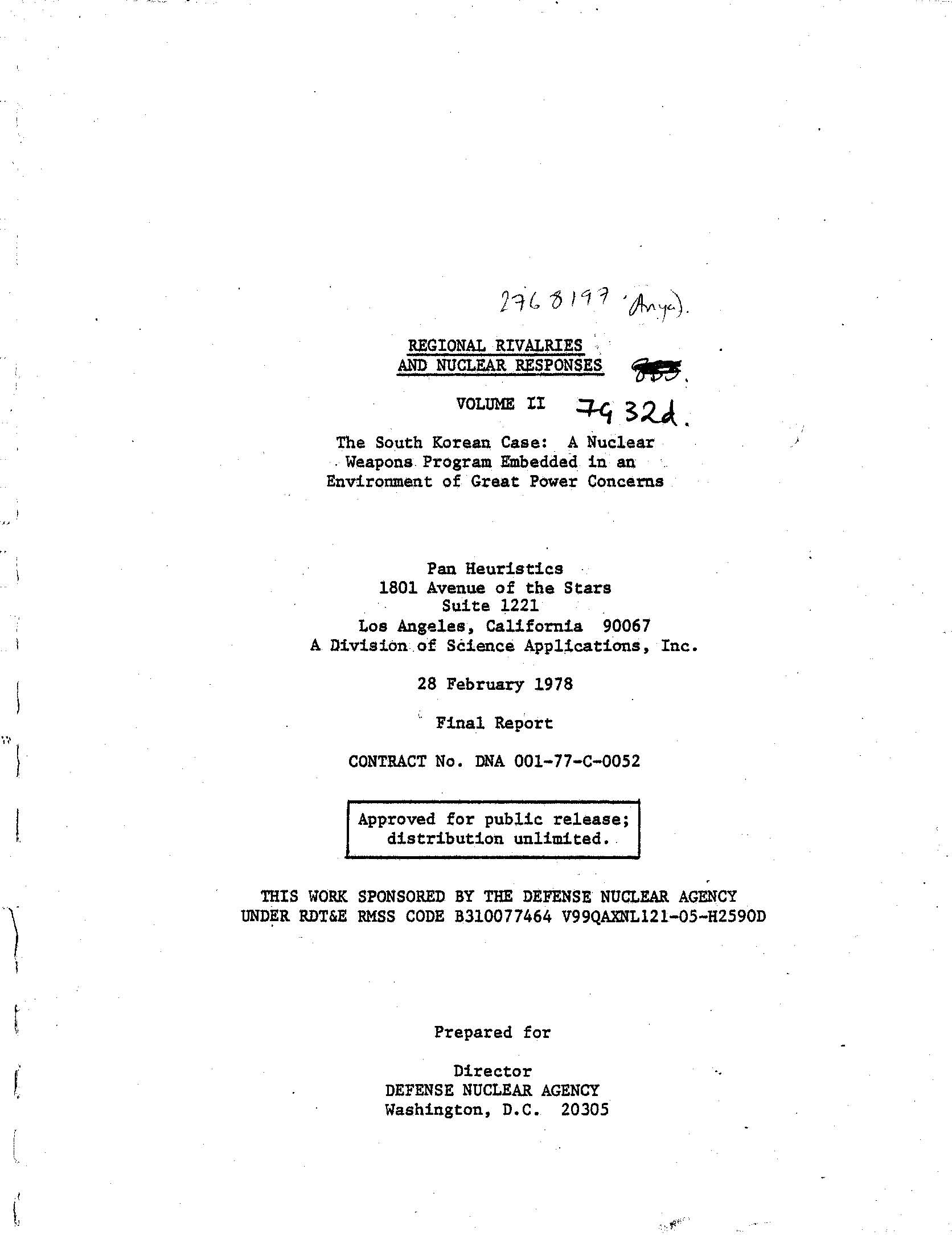
This 1978 report by Bryan Jack is the second volume of a three part report that considers the possible role of nuclear weapons that might be possessed by new nuclear powers in three key regions-the Arabian Sea, Northeast Asia and the South China Sea. This volume focuses on China, Korea and Japan and the particular circumstances facing each country, including: what might influence the decision to acquire nuclear weapons, the kind of weapons systems that might be acquired, possible types of weapons deployment both for deterrence or actual use, the impact on regional security of weapons acquisition and the policies that might be adopted by states in the region and by the United States to deter acquisition or to mitigate the consequences if acquired.
This report was released to the Nautilus Institute under the US Freedom of Information Act (FOIA). See the Institute’s FOIA Global Disclosure Project page to read more chronologies, histories and reports released to Nautilus.
Go to the article
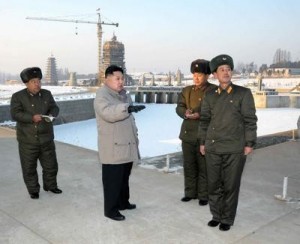
John Delury, Assistant Professor of East Asian Studies at Yonsei University and Chung-in Moon, Professor of Political Science at Yonsei University state that a near-term crisis in North Korea is unlikely for the simple reason that the country’s political system is unified around the new face of North Korea, Kim Jong-un. However, in the medium to longer term, the new leadership is likely to face a dilemma: whether Kim Jong-un can enhance North Korea’s prosperity without undermining the source of its strength — its nuclear weapons program. Delury and Moon argue that “[t]he most prudent course for key regional players is to re-open or expand channels with Pyongyang. The better we know the new leadership, the better we can respond to events as they unfold.”
Go to the article
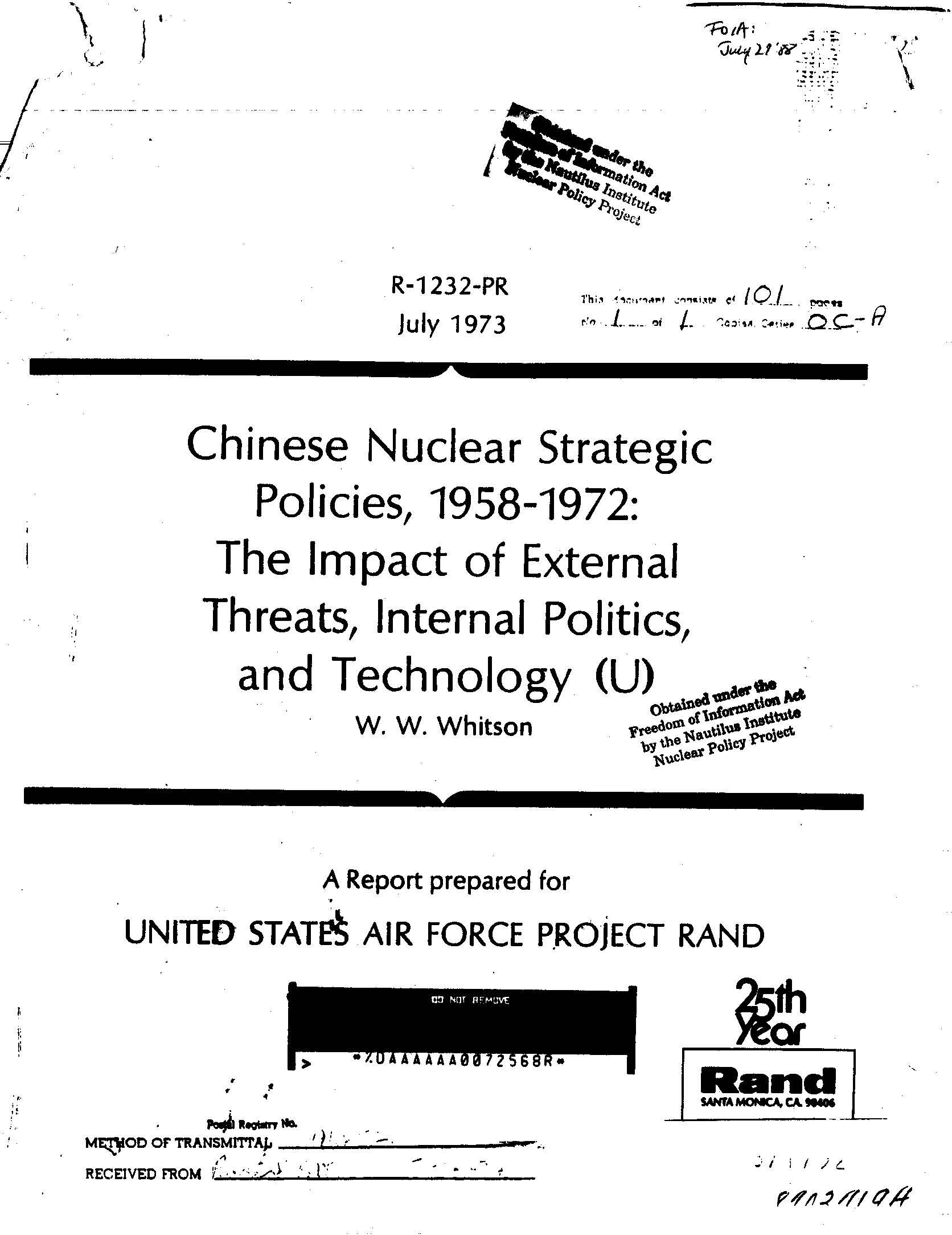
This 1973 report by W.W. Whiston is the first of a two-part analysis of Chinese nuclear policy and weapons options carried out as a part of the U.S. Air Force Project RAND’s studies of the implications of Soviet and Chinese military policy and strategy for Air Force planning. It examines (1) internal political and ideological conflict, (2) alternative military strategies for coping with external versus internal threats, and (3) nuclear technological capabilities from 1958 to 1972. Whiston examines how the Mao-Liu divide impacted the military structure and organization and the newborn nuclear weapons program in the 1960s.
This report was released to the Nautilus Institute under the US Freedom of Information Act (FOIA). See the Institute’s FOIA Global Disclosure Project page to read more chronologies, histories and reports released to Nautilus.
Go to the article
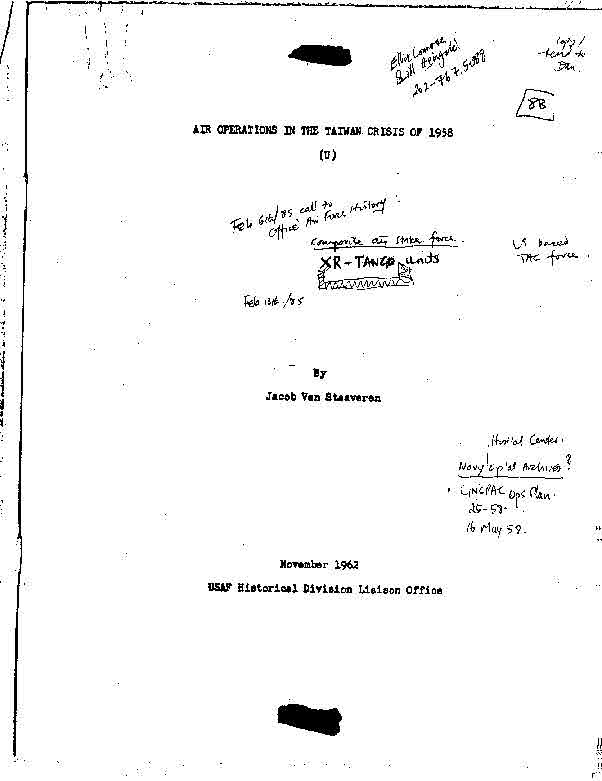
This report is one of a series of studies on air operations in international incidents, prepared by the USAF Historical Division Liaison Office at the request of the Directorate of Plans, Headquarters USAF. This historical narrative, by Jacob Van Staaveren, is based on primary source materials available in 1960–messages and correspondence–and on histories from many levels of the Air Force, including units, commands, and the Air Staff. As Staaveren’s report demonstrates, the crisis in 1958 provided a test of American military planning concepts. Occurring in the Pacific almost simultaneously with the Lebanon crisis of July-August 1958, it created certain planning, operational and logistical problems that had not been anticipated.
This report was released to the Nautilus Institute under the US Freedom of Information Act (FOIA). See the Institute’s FOIA Global Disclosure Project page to read more chronologies, histories and reports released to Nautilus.
Go to the article
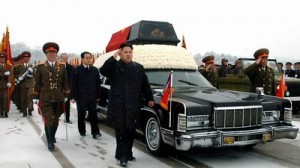
Victor Hsu, a Visiting Professor at the Korea Development Institute School of Public Policy and Management, argues that the post funeral interregnum in the DPRK should be seen as a window of opportunity for moving North Korea’s relationships in a constructive direction. To do this, Hsu suggests that the international community network and create a coordinated engagement plan that avoids duplication, maximizes the increasingly scarce resources among traditional donors and gathers lessons learned for future engagement. Donors could facilitate this work by supporting civil society knowledge-sharing efforts with the DPRK, which is more sustainable and less susceptible to the vicissitudes of inter-state relations.
Go to the article
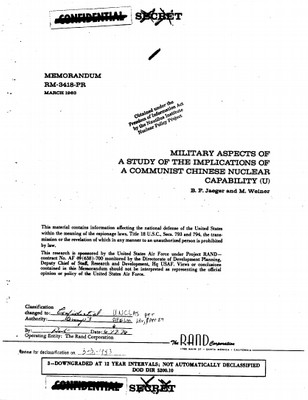
In this 1963 report B.F. Jaeger and M. Weiner analyze Chinese nuclear capabilities under three different cross-strait conflict scenarios. The three scenarios provide an assessment of the possible military consequences of China’s possession of a modest nuclear arsenal, and give some indication of the magnitude of the risks China might face in a military confrontation with the United States over Taiwan.
This report was released to the Nautilus Institute under the US Freedom of Information Act (FOIA). See the Institute’s FOIA Global Disclosure Project page to read more chronologies, histories and reports released to Nautilus.
Go to the article
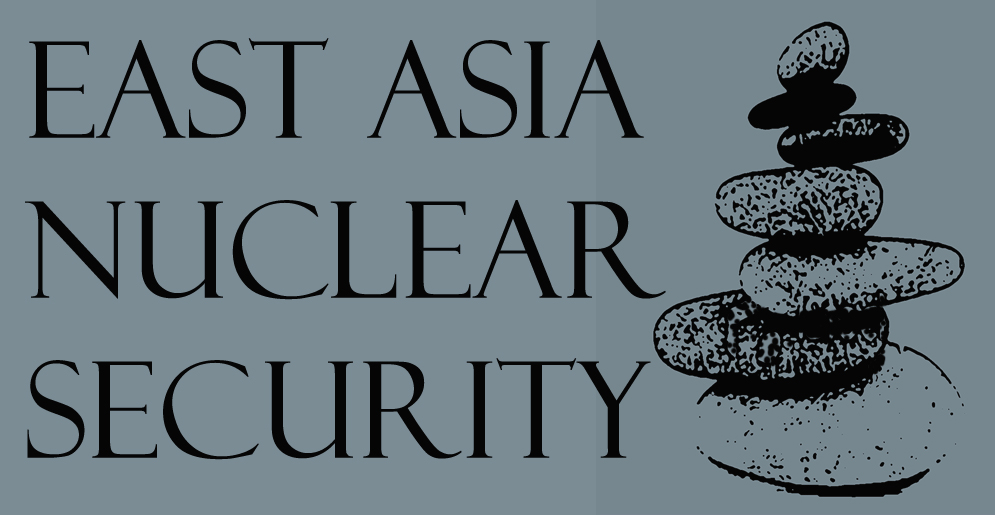
Morton H. Halperin served four US presidents and is currently a Senior Adviser at the Open Society Foundation. Halperin notes that, as the Six-Party talks aimed at eliminating North Korea’s nuclear program remain stalled, a fresh approach incorporating the concept of a nuclear weapons-free zone in Northeast Asia should be considered as a way of ensuring peace and security in the region.
A version of this essay was originally presented at the East Asia Nuclear Security Workshop in Tokyo, Japan, on Nov. 11, 2011 convened by Nautilus Institute, Mansfield Foundation, and the Asia-Pacific Leadership Network. The workshop addressed the robustness of proposals to establish a nuclear weapons-free zone in the Northeast Asia region.
Go to the article








